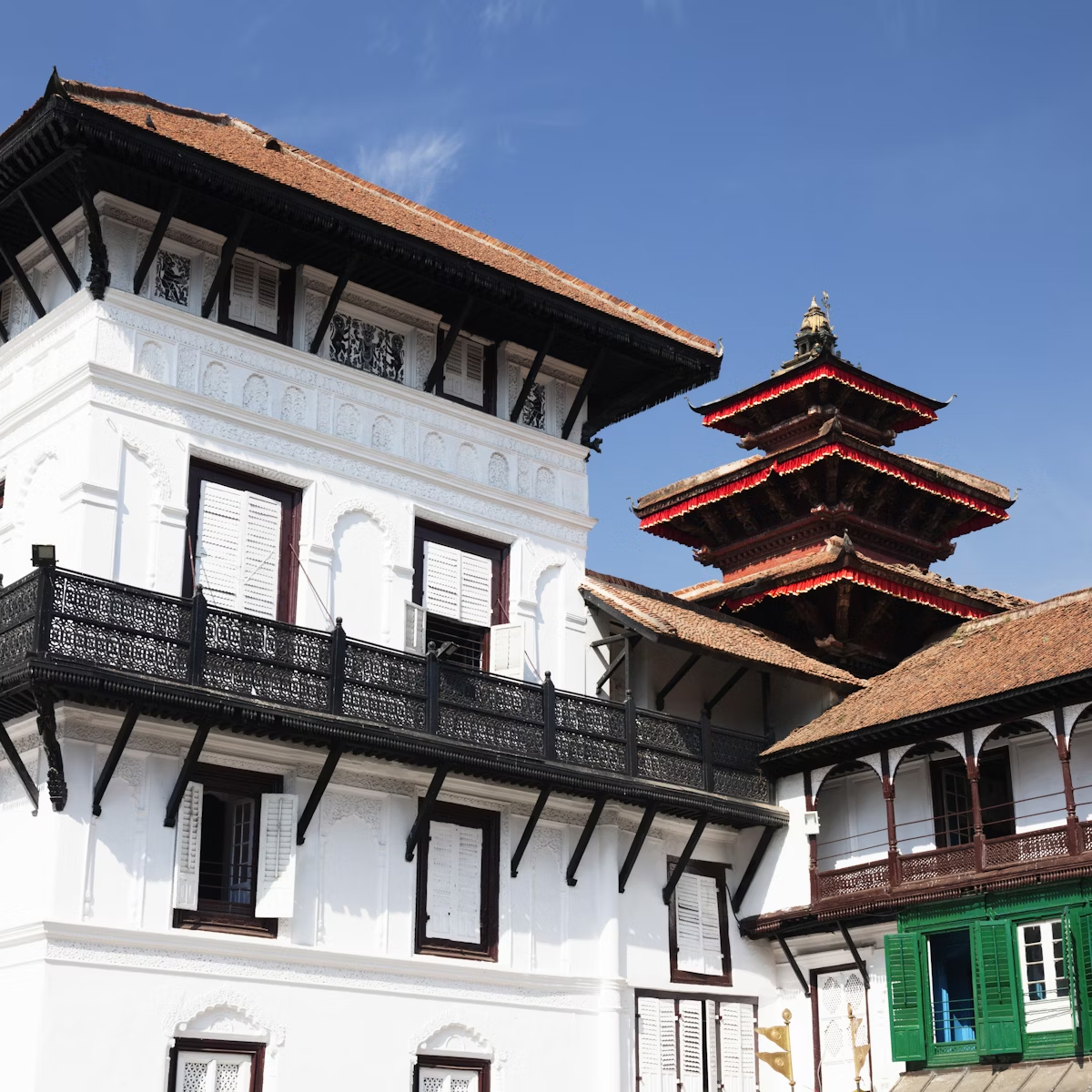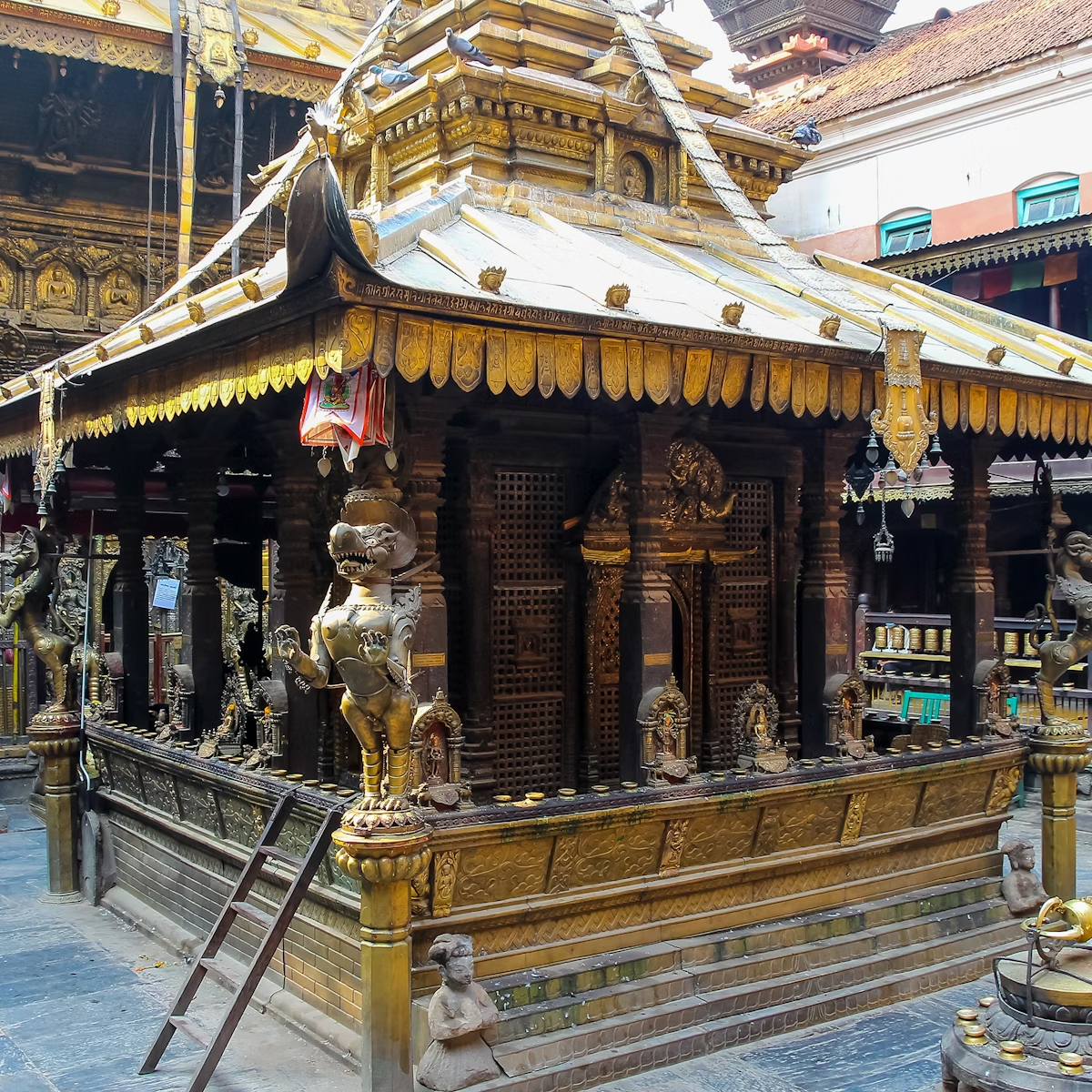Despite being clogged with garbage and black with pollution, the fetid Bagmati River is actually an extremely sacred river; Pashupatinath is the Nepali equivalent of Varanasi on the sacred River Ganges. The cremation ghats along the Bagmati are the city's most important location for open-air cremations. Fires burned here day and night after the 2015 earthquake as hundreds of families dealt with the human cost of the disaster.
Only members of the royal family can be cremated immediately in front of Pashupatinath Temple; the funerals of 10 members of the Nepali royal family took place here after the massacre in 2001. Funerals of ordinary Nepalis take place daily on the ghats to the south of the temple. Bodies are wrapped in shrouds and laid out along the riverbank, then cremated on a wooden pyre in a surprisingly businesslike way. Inevitably this is the most interesting aspect to Pashupatinath and it’s a powerful place to contemplate notions of death and mortality. Needless to say, this is a private time for relatives to grieve and tourists intruding with cameras is not appropriate.
At the north end of the ghats, visible from across the river, are a series of yogis' caves, used as shelters since medieval times and still occupied by meditators today.
If you walk south along the west bank, you will see a 7th-century standing Buddha image, next to the damaged Raj Rajeshwari Temple, with its unusual curved stucco outbuildings.








